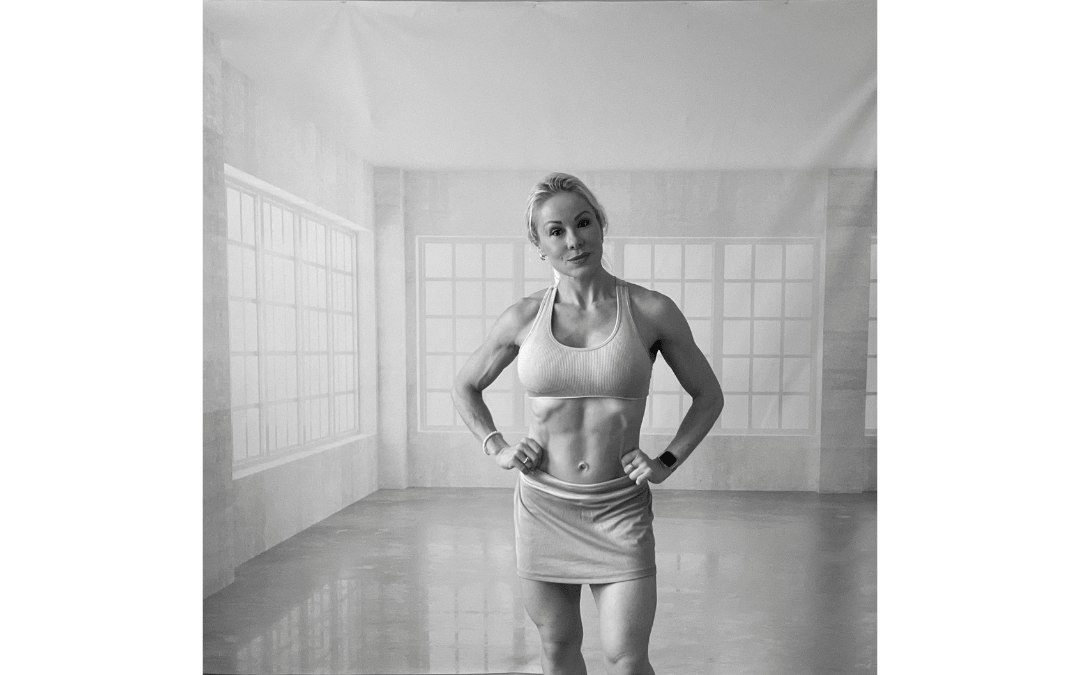Gymnastics is arguably one of the most physically demanding sport out there. It’s an activity that puts a lot of pressure and stress on many joints and muscles at the same time, often pushing the body through extreme ranges of motion as well. As a consequence, soreness can be part of the game – particularly if just getting started. Read on to learn how to reduce muscle soreness after gymnastics.
Muscle soreness is a normal process that takes place when muscles are required to work harder than they’re used to or challenged in different ways. However, muscle soreness needs to be eased as it can impede further training and impact performance. Muscle soreness in children is a big concern as it could provide issues with their musculoskeletal development and affect their enthusiasm to stay on course. Let’s look into some of the things that can be done to aid soreness after gymnastic sessions.
Ice Muscles
One of the things that help reduce muscle soreness is cold temperatures since is a great way to reduce inflammation following exercise. A lot of professional gymnasts have ice baths after sessions, and you can do this at home by filling the bath with cold water and putting a bag of ice. Be aware that cold water therapy can be uncomfortable. Research shows that cold-induced pain peaks at 1 min of immersion and declines sharply until 9 min after immersion. Of course, some kids might struggle to get in the bath as it is too cold.
If cold water therapy can’t be tolerated, you can ice sore muscles. You can, also, use other cold therapy treatments – like creams, sprays, or cryotherapy – which provide a similar effect. The coldness and the water pressure help clear out waste products and reduce inflammation, which helps decrease fatigue and muscle soreness.
Stretch & Massage
Stretching is such a critical part of every gymnast’s recovery routine. In fact, you’re encouraged to spend some active recovery time between sessions working on flexibility. Stretching right after a session is a great way to return tight muscles to their normal length, preventing or decreasing the soreness felt after. Likewise, massaging the muscles with a foam roller or your hands can get rid of knots and break up tight tissues so the muscle is more pliable and less sore. If you have kids that do gymnastics, you can massage them after sessions and help them stretch as well.
Topical Treatments
You can reduce muscle soreness topically as well. Before going to sleep after a gymnastics session, it can help to provide topical treatments to further ease muscle soreness. This can also be done the next day if any soreness is still around, and it works best when used after cold therapy has already been applied. Here, you are looking at things like CBD gels or heat sprays/creams to really soothe the muscles. Just be sure you only use topical treatments on your child if they are safe for kids to use. Most are, but you should look at labels and ingredients just to be extra sure.
Fuel Properly
You can also reduce muscle soreness from the inside out. As you know what you consume has a direct effect on your health, performance, and your mood. There are foods and supplements that help sore muscles. Foods rich in protein, magnesium, antioxidants, and anti-inflammatory properties can ameliorate the effects of training. Simultaneously, certain supplements can aid in dealing with muscle soreness. You should take supplements that help your muscles recover instead of taking NSAIDS since they have side effects.
Rest
It’s important to rest between sessions and avoid over-training. A lot of kids get this wrong as they are so eager to train, meaning they’re in the gym every day. They can still go to daily gymnastics sessions if they like, just make sure they’re doing something different and giving their muscles time to recover. For example, one day they can be working on a floor routine, but the next they could maybe focus more on improving their balance on the beam or increasing flexibility. They will need days off completely as well, so make sure you give it to them!
Muscle soreness is inevitable given the physical nature of gymnastics. Now that you how to reduce muscle soreness, you can deal with post-session soreness, keep training, and stay on track.
To a Fitter Healthier You,
The Fitness Wellness Mentor



